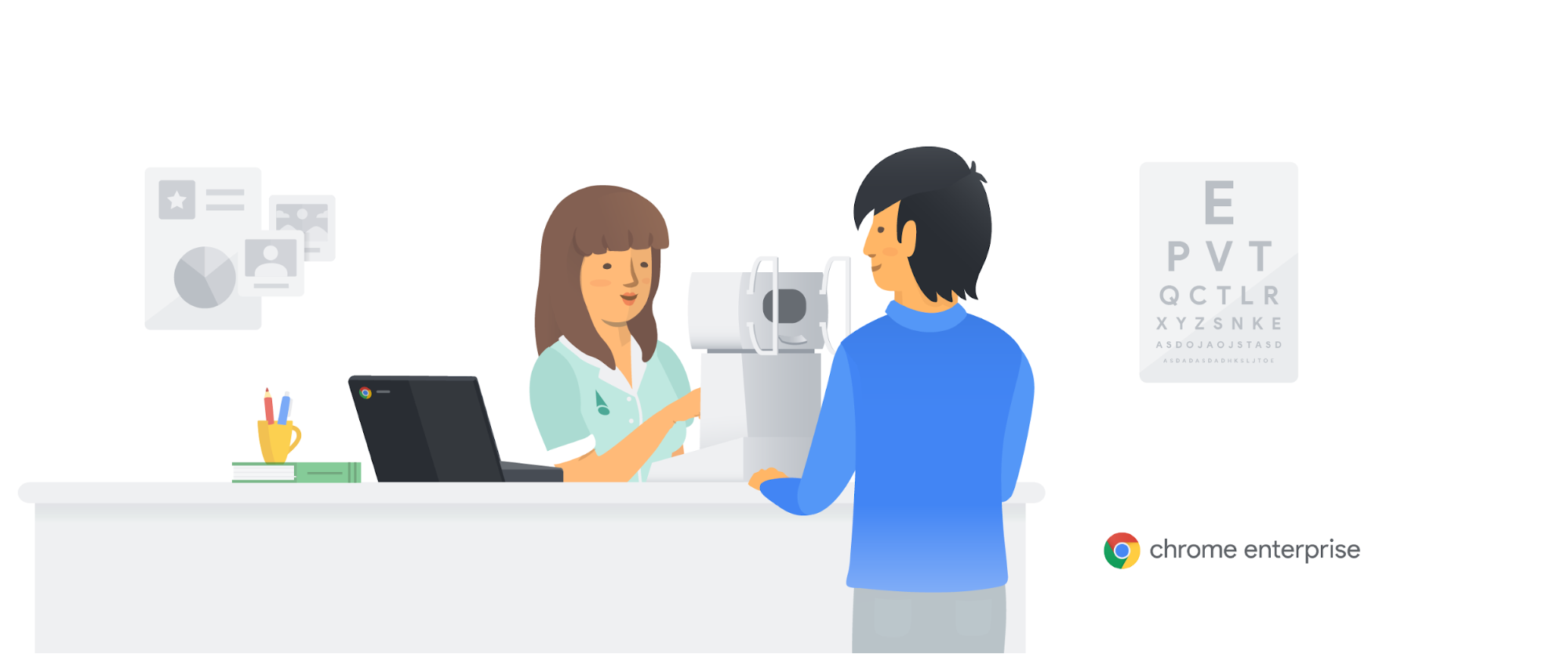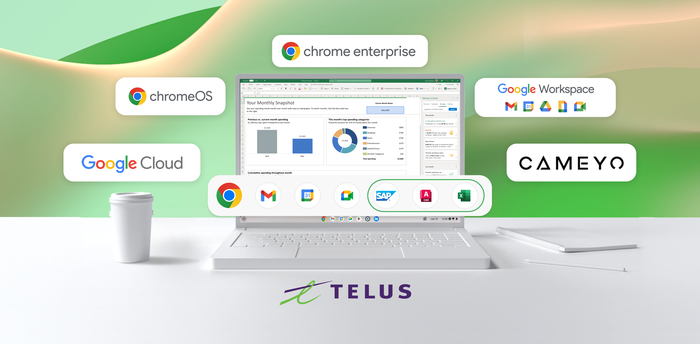Dr. Agarwal’s Eye Hospital sharpens its focus on the future of work with Chromebooks and Chromebases

Dilip Ramadasan
CIO/CTO, Dr. Agarwal’s Eye Hospital
Editor’s note: Today’s post is by Dilip Ramadasan, CIO/CTO of Dr. Agarwal’s Eye Hospital, a group of 70 eye-care hospitals across India and Africa. The medical group is using Asus Chromeboxes, LG Chromebases, and Chromebooks to help doctors and administrative staff capture patient data and reduce IT help tickets.
For more than six decades, our hospitals have helped tens of thousands of people recover from eye diseases such as cataracts, diabetic retinopathy, refractive problems and glaucoma. When I joined the hospital group in 2015, I was impressed by our medical advancements—but I also worried that doctors and staff were using technology that wasn’t keeping pace with our medical skills and knowhow. With Chromebooks, Asus Chromeboxes, and LG Chromebases, along with G Suite, our office technology is now as modern as our operating-room technology.
Before we switched to Chrome devices, we called our PCs “dinosaurs.” They would crash frequently, and our engineers spent much of their time traveling between hospitals to keep up with help tickets. Our goal is to open as many as 70 more new hospitals in the next few years, but we knew that continually patching up the old PCs would take engineers away from many of the new initiatives that we wanted to do. And it was expensive—not just repairing the computers, but also paying for licenses.
To share documents and work collaboratively, employees needed more reliable computers. And doctors needed to capture notes about patients faster and more accurately, instead of using hard-to-read paper files. We’d already moved the organization toward the cloud by adopting G Suite, so it was an easy decision to go with Chrome Enterprise.
We now have 1,000 Chrome devices, with more to come. Doctors favor the Chrome devices with 22 inch screen which helps them see all the various diagnostic, historical and treatment parameters for a patient in one view. Our sales and corporate relations teams use Chromebooks for on-the-road use. Front-desk teams use Asus Chromeboxes and Chromebases to register payments and send bills. And, our IT engineers can manage nearly all of our Chrome devices remotely with Chrome Enterprise Upgrade.
Just as we’d hoped, the combination of G Suite and Chrome Enterprise has lowered costs and reduced IT admin. Help tickets are down by 80 percent, and our total costs for devices and software licenses are down by 46 percent.
Chromebases and chromeboxes have been a great help to transform the medical records digitally from paper and to get our stakeholders involved in using new technology effectively. A doctor taking notes digitally would have taken 3 minutes without the right devices. Now they can quickly add notes to patient files using a medical records application they access through the Chrome Browser. Admin staff are also saving time, using Google Sheets to share costs and revenue data and Google Drive to store eye-imaging files.
When staff and doctors do have issues with their devices, we can handle nearly all of them through Chrome device management, part of our Chrome Enterprise Upgrade. The device management tools free up IT engineers to spend more time on projects that help patient care. Recently, engineers detected a problem in a microscope that was adding spots to patients’ eye-imaging files. The discovery led to proactive maintenance of all microscopes.
Projects like this have changed the perception of our IT team: We’re no longer the people who employees only contact when computers break down. Now we’re the team that helps to improve patient health. Our Motto is "Vision is Life" and now we are able to effectively help our internal customers truly align themselves with our Motto. All of us—doctors, engineers, and admin staff—now help more people see the world more clearly.



